Home>Furniture & Design>Interior Design Trends>Which Ion Is Found In A Glass Of Water?
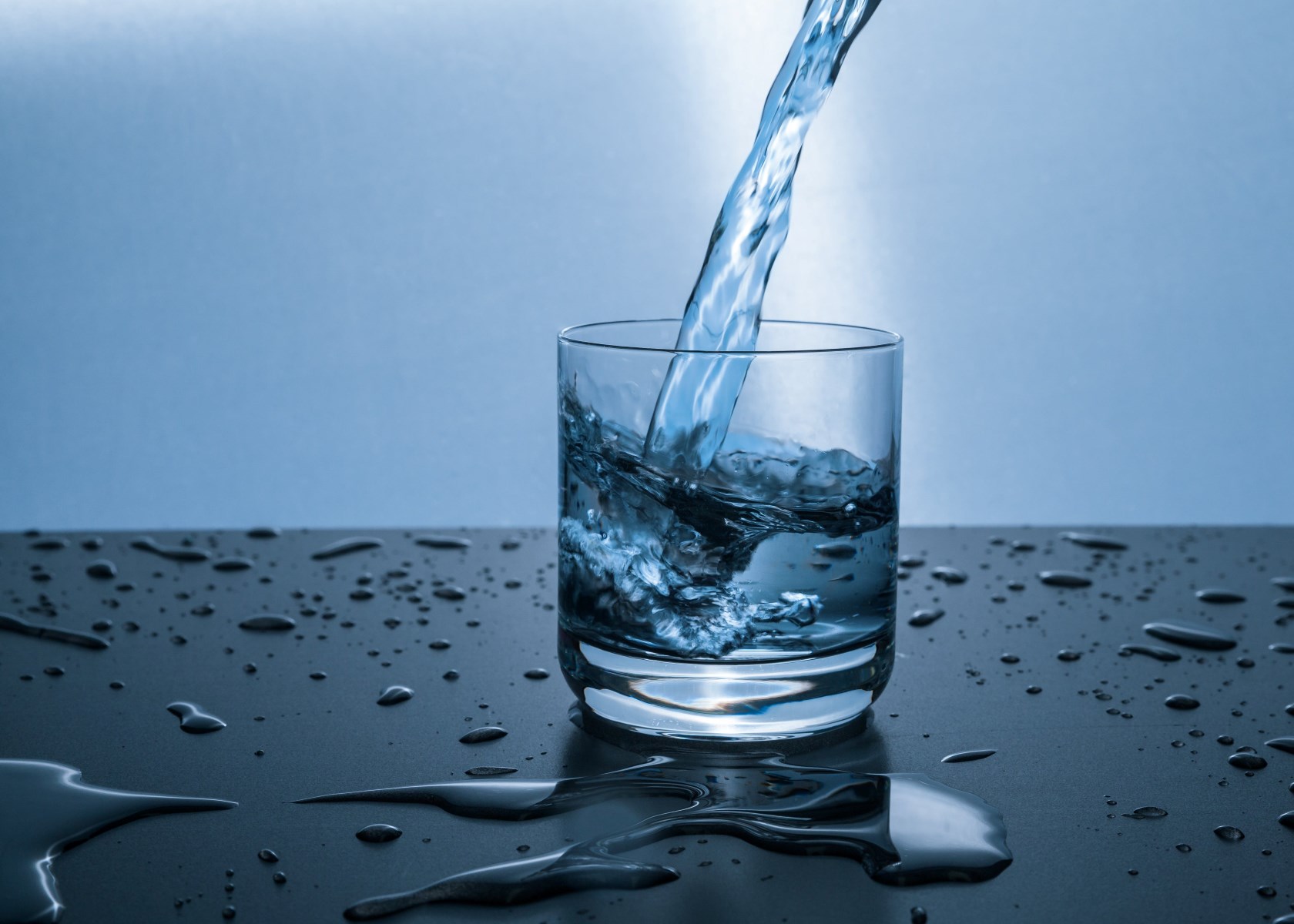

Interior Design Trends
Which Ion Is Found In A Glass Of Water?
Published: February 4, 2024
Discover the interior design trends for the upcoming season and find out which ion is commonly found in a glass of water. Explore the latest trends and learn about the properties of water ions.
(Many of the links in this article redirect to a specific reviewed product. Your purchase of these products through affiliate links helps to generate commission for Storables.com, at no extra cost. Learn more)
Introduction
Water is an essential component of life, and its composition is a topic of great interest and importance. Understanding the properties of water, including the presence of ions, is crucial for various scientific, environmental, and everyday applications. In this article, we will delve into the intriguing world of water composition and explore the specific ions that are commonly found in this vital substance.
The presence of ions in water significantly impacts its properties and behavior. By examining the role of ions in water, we can gain valuable insights into the fundamental characteristics of this ubiquitous compound. Moreover, understanding the specific ions found in water allows us to appreciate the diverse ways in which water interacts with its surroundings and influences various natural processes.
As we embark on this exploration, we will uncover the fascinating details about the composition of water and the specific ions that contribute to its unique properties. By shedding light on the intricate relationship between water and ions, we aim to provide a comprehensive understanding of this essential aspect of chemistry and environmental science.
Join us on this captivating journey as we unravel the mysteries of water composition and discover the remarkable role of ions in shaping the behavior and characteristics of this indispensable substance. Through this exploration, we will gain a deeper appreciation for the intricate interplay between water and ions, shedding light on the profound significance of these elements in the natural world.
Key Takeaways:
- Water contains ions like hydrogen and hydroxide, which affect its properties like electrical conductivity and pH level, influencing its role in nature and everyday life.
- Common ions found in water, from minerals and human activities, impact its quality and suitability for various uses, highlighting the importance of understanding water composition.
The Composition of Water
Water, the elixir of life, is a remarkable compound composed of two hydrogen atoms and one oxygen atom, chemically represented as H2O. This simple yet extraordinary molecular structure gives rise to the myriad properties that make water essential for life and various natural processes.
The arrangement of atoms in a water molecule is such that the oxygen atom attracts electrons more strongly than the hydrogen atoms, resulting in a partial negative charge near the oxygen atom and partial positive charges near the hydrogen atoms. This polarity gives water its unique characteristics, including its ability to form hydrogen bonds and exhibit cohesive and adhesive properties.
The presence of these hydrogen bonds allows water to exist in three states – solid, liquid, and gas – under normal environmental conditions, making it a versatile and indispensable substance in the natural world. The cohesive nature of water enables it to form droplets and maintain surface tension, while its adhesive properties allow it to cling to surfaces and facilitate capillary action in plants and soil.
Furthermore, the polar nature of water molecules contributes to its exceptional solvent properties, as it can dissolve a wide range of substances, earning it the moniker "universal solvent." This attribute is vital for various biological and chemical processes, as it enables the transport of nutrients and waste products within living organisms and facilitates chemical reactions in aqueous environments.
The composition of water extends beyond its molecular structure, encompassing the presence of ions that play a crucial role in its behavior and properties. These ions, which result from the dissociation of water molecules into hydrogen ions (H+) and hydroxide ions (OH-), contribute to the pH and conductivity of water, influencing its suitability for diverse applications, from industrial processes to environmental sustainability.
In essence, the composition of water, characterized by its unique molecular structure and the presence of ions, underpins its significance as a fundamental substance for life and natural phenomena. By understanding the composition of water, we gain valuable insights into its remarkable properties and the intricate interplay of its constituent elements, paving the way for a deeper appreciation of this essential compound.
The Role of Ions in Water
The presence of ions in water is pivotal in shaping its fundamental properties and behavior. Ions, which are electrically charged particles, arise from the dissociation of compounds in water, leading to the formation of positively and negatively charged species. These ions play a crucial role in various natural processes, environmental phenomena, and industrial applications, exerting a profound influence on the characteristics and behavior of water.
One of the primary roles of ions in water is their contribution to electrical conductivity. When ionic compounds dissolve in water, they dissociate into ions, thereby enabling the conduction of electricity. This phenomenon is essential in understanding the behavior of aqueous solutions and is particularly significant in the context of environmental monitoring, industrial processes, and the study of electrolytes in chemistry and biology.
Moreover, ions in water significantly impact its pH level, which is a measure of the acidity or alkalinity of a solution. The presence of hydrogen ions (H+) and hydroxide ions (OH-) resulting from the dissociation of water molecules and other compounds directly influences the pH of water. This, in turn, has far-reaching implications for aquatic ecosystems, industrial processes, and the quality of drinking water, as the pH level affects the solubility of minerals and the biological activities of aquatic organisms.
Furthermore, ions in water play a vital role in the formation of complexes and the solubility of various substances. Through ion-dipole interactions and the formation of coordination complexes, ions contribute to the solubility of salts, metal complexes, and organic compounds in water. This phenomenon is of immense significance in fields such as environmental chemistry, geochemistry, and industrial processes, where the behavior of solutes in aqueous environments is a critical factor in understanding natural phenomena and engineering applications.
In addition to these roles, ions in water also influence the density, freezing point, and boiling point of the solution, thereby affecting its physical properties. The presence of ions alters the colligative properties of water, leading to changes in its behavior as a solvent and a medium for various chemical and biological processes.
In essence, the role of ions in water is multifaceted and far-reaching, encompassing their influence on electrical conductivity, pH, solubility, and physical properties. By understanding the intricate interplay between ions and water, we gain valuable insights into the diverse ways in which ions shape the behavior and characteristics of this essential compound, paving the way for a deeper appreciation of the profound significance of ions in the natural world.
The ion found in a glass of water is the hydrogen ion (H+). This is because water molecules can split into hydrogen ions (H+) and hydroxide ions (OH-) through a process called ionization.
Common Ions Found in Water
The presence of ions in water is a ubiquitous phenomenon, with various ions contributing to the diverse properties and behavior of this essential compound. Among the most common ions found in water are the positively charged hydrogen ions (H+) and the negatively charged hydroxide ions (OH-), which result from the self-ionization of water molecules. These ions play a fundamental role in determining the pH and conductivity of water, exerting a profound influence on its suitability for a wide range of applications.
Additionally, water often contains dissolved ions derived from the minerals and substances with which it comes into contact. These include cations such as calcium (Ca2+), magnesium (Mg2+), and sodium (Na+), as well as anions such as carbonate (CO32-), sulfate (SO42-), and chloride (Cl-). These ions originate from the dissolution of minerals in the Earth's crust, atmospheric deposition, and human activities, contributing to the overall ion composition of natural water sources.
Furthermore, the presence of these common ions in water significantly impacts its chemical and physical properties. For instance, the calcium and magnesium ions contribute to water hardness, affecting its suitability for domestic and industrial use. The carbonate and bicarbonate ions play a crucial role in buffering the pH of water, influencing its capacity to resist changes in acidity or alkalinity. Additionally, the chloride and sulfate ions contribute to the salinity of water, which is a critical factor in aquatic ecosystems and agricultural practices.
Moreover, the presence of common ions in water has implications for environmental sustainability, as it influences the behavior of aquatic organisms, the solubility of minerals, and the overall quality of natural water sources. Understanding the distribution and concentration of these ions in water is essential for assessing the ecological health of aquatic ecosystems, managing water resources, and ensuring the provision of safe drinking water for human consumption.
In summary, the common ions found in water, including hydrogen, hydroxide, cations, and anions, play a pivotal role in shaping the chemical, physical, and ecological characteristics of this vital compound. By recognizing the significance of these ions in water, we gain valuable insights into the complex interplay of natural processes and human activities that contribute to the ion composition of water, paving the way for a deeper understanding of the profound influence of ions on the behavior and properties of this indispensable substance.
Conclusion
In conclusion, the composition of water is a captivating subject that encompasses the intricate interplay of molecular structure and the presence of ions. Water, with its simple yet extraordinary molecular arrangement of two hydrogen atoms and one oxygen atom, exhibits a diverse range of properties and behaviors that make it indispensable for life and natural processes. The polarity of water molecules, resulting from the unequal sharing of electrons, gives rise to its cohesive and adhesive properties, as well as its exceptional solvent capabilities.
Furthermore, the presence of ions in water, including hydrogen ions (H+), hydroxide ions (OH-), cations, and anions, significantly influences its electrical conductivity, pH level, solubility, and physical properties. These ions play a pivotal role in shaping the behavior and characteristics of water, impacting its suitability for various applications, from industrial processes to environmental sustainability. Additionally, the common ions found in water, derived from natural sources and human activities, contribute to the overall ion composition of water, influencing its chemical, physical, and ecological attributes.
By understanding the composition of water and the role of ions, we gain valuable insights into the profound significance of these elements in the natural world. The presence of ions in water not only shapes its fundamental properties but also has far-reaching implications for environmental sustainability, ecological health, and the provision of safe drinking water. Recognizing the multifaceted influence of ions on water enriches our understanding of the complex interplay of natural processes and human activities that contribute to the ion composition of this vital compound.
In essence, the exploration of water composition and the role of ions provides a deeper appreciation for the remarkable properties and behavior of this essential substance. By unraveling the mysteries of water composition and the influence of ions, we gain a greater understanding of the profound significance of these elements in shaping the natural world and sustaining life as we know it.
Frequently Asked Questions about Which Ion Is Found In A Glass Of Water?
Was this page helpful?
At Storables.com, we guarantee accurate and reliable information. Our content, validated by Expert Board Contributors, is crafted following stringent Editorial Policies. We're committed to providing you with well-researched, expert-backed insights for all your informational needs.

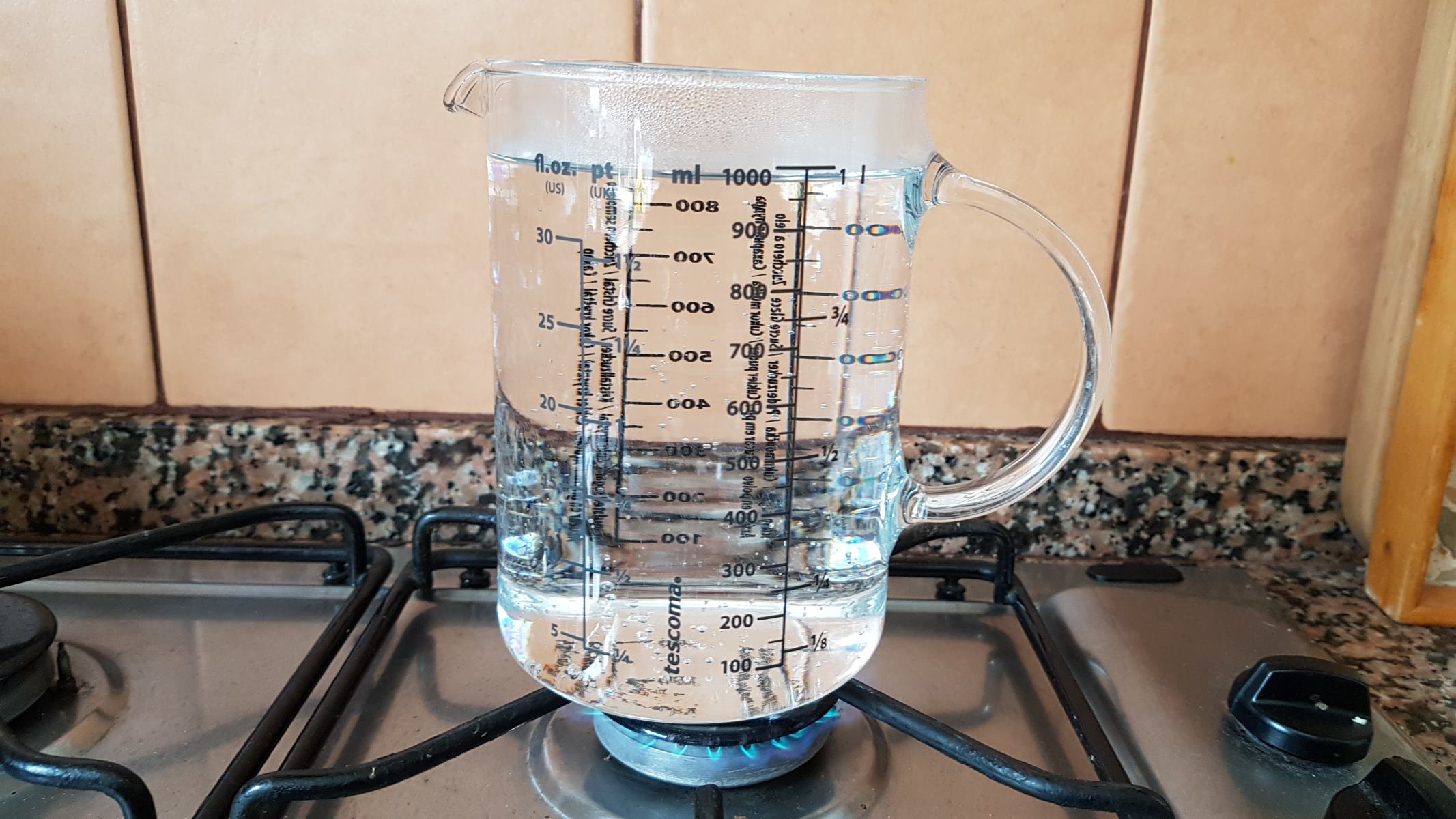
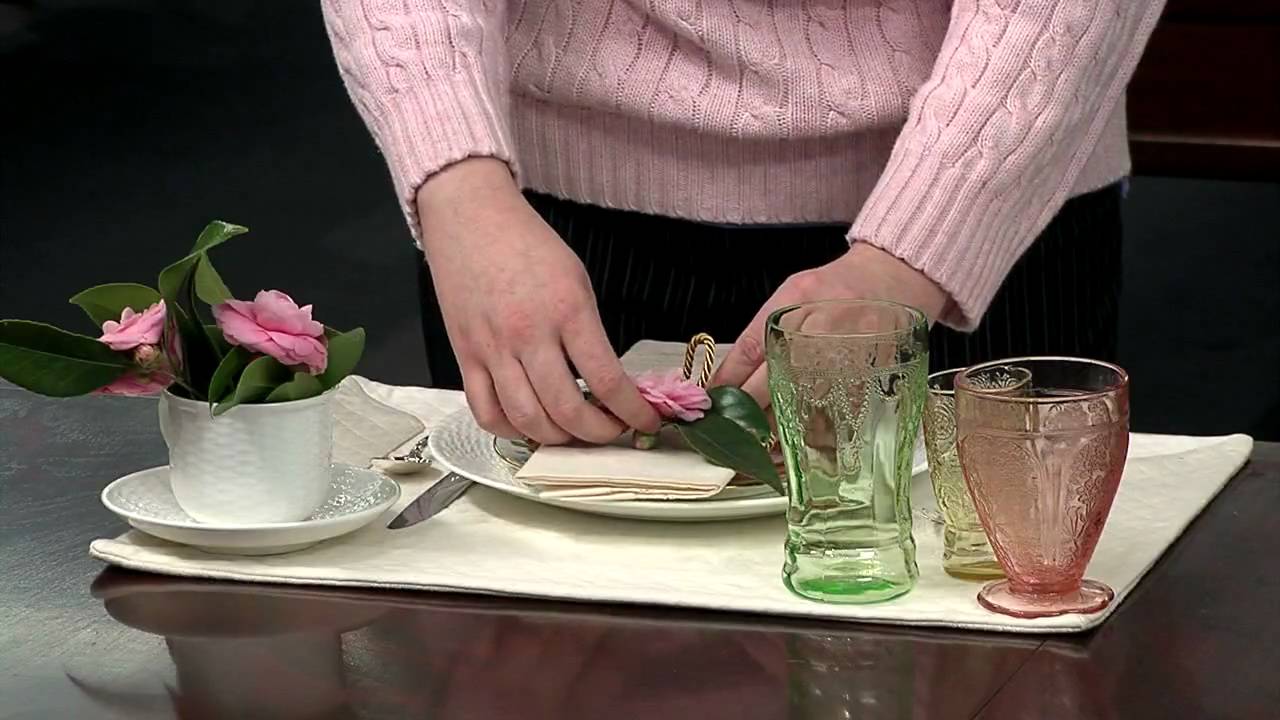


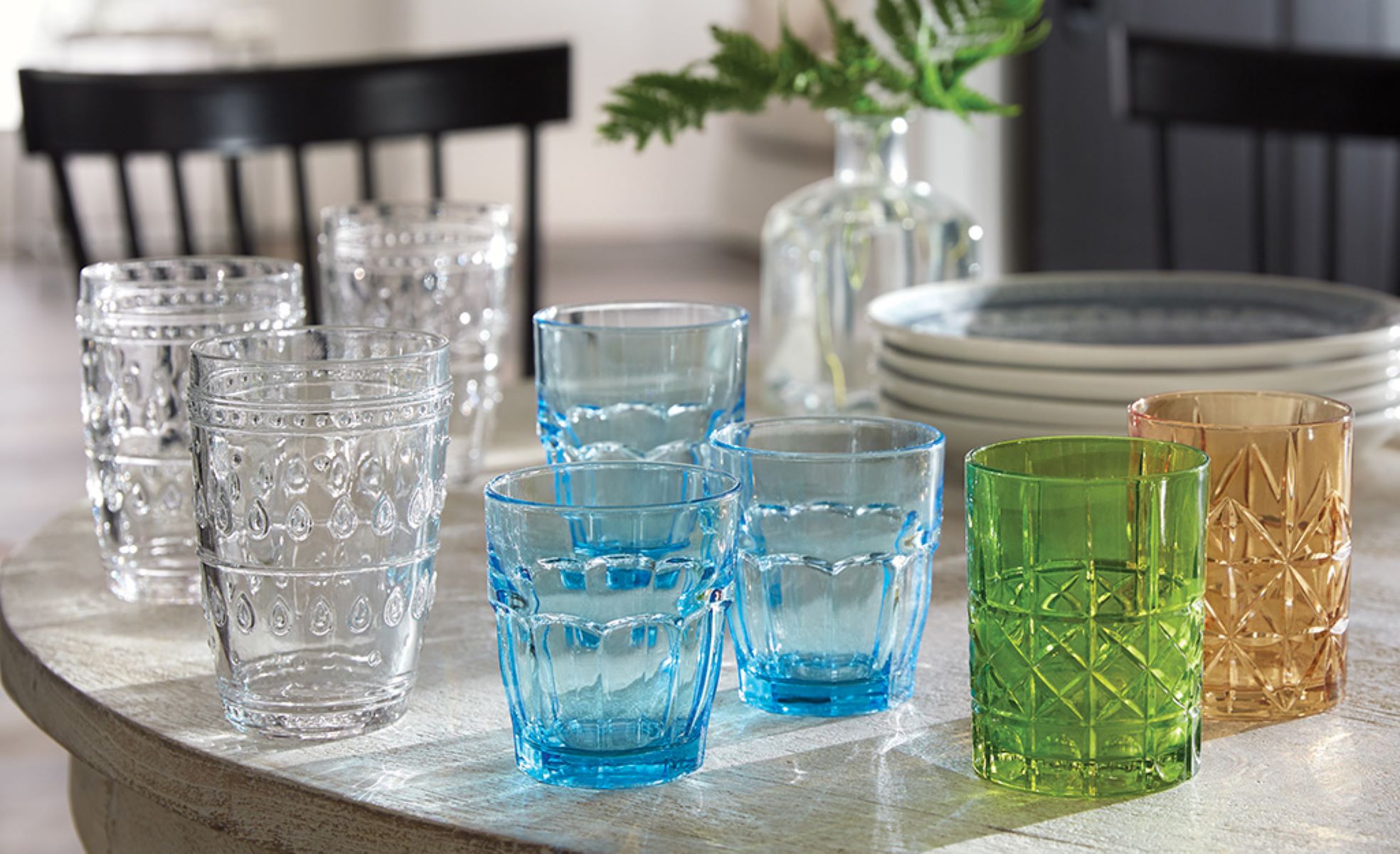
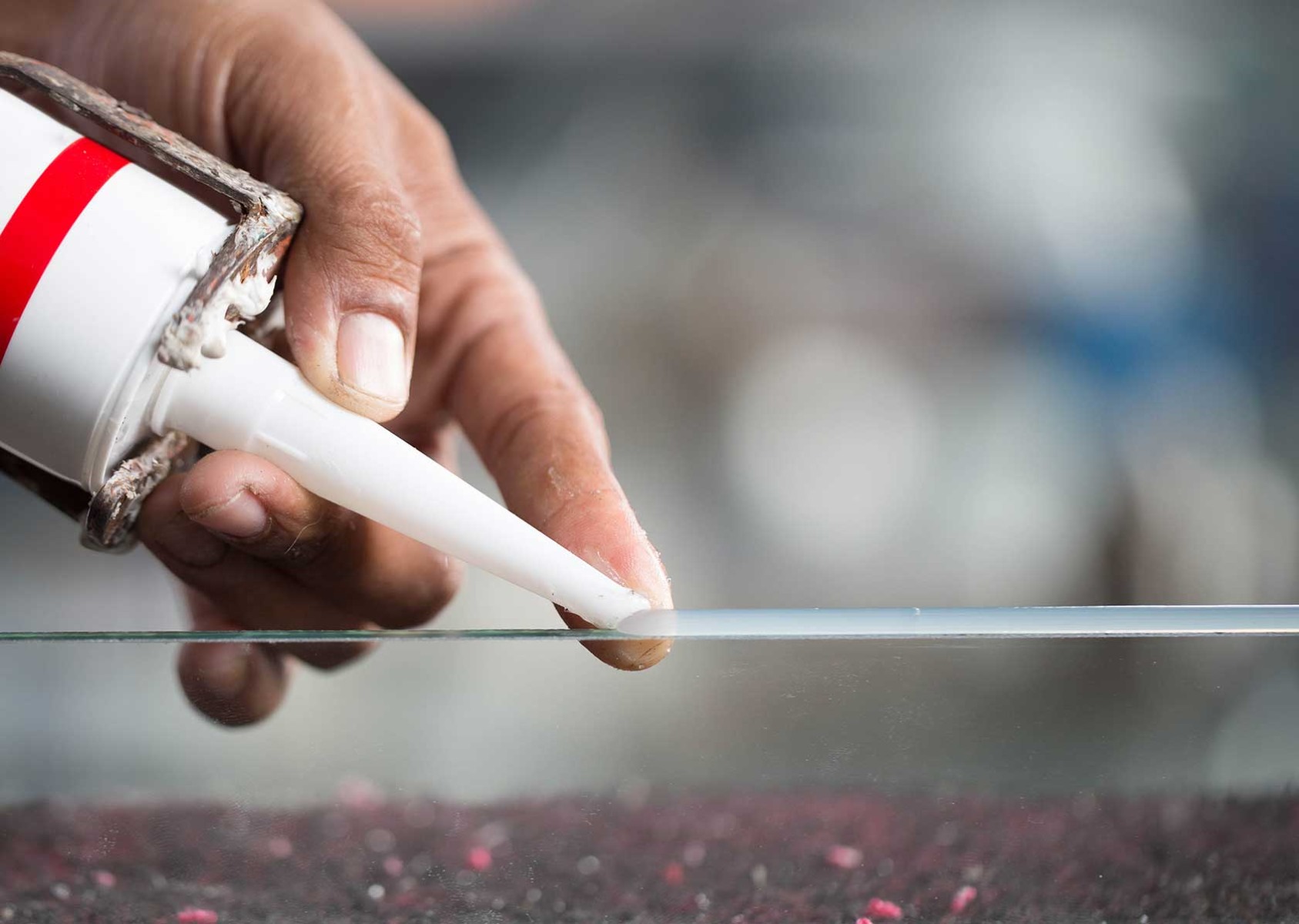
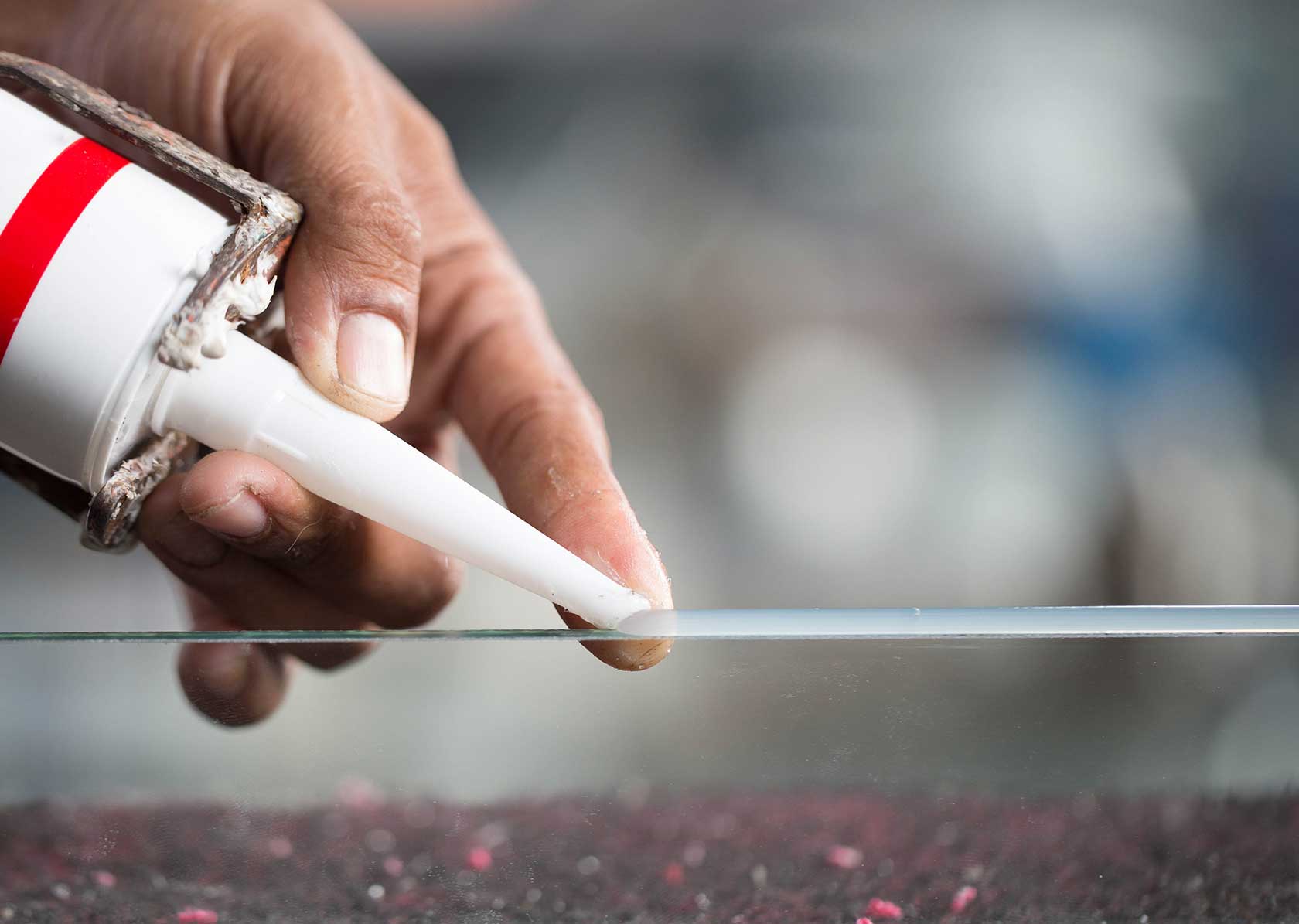

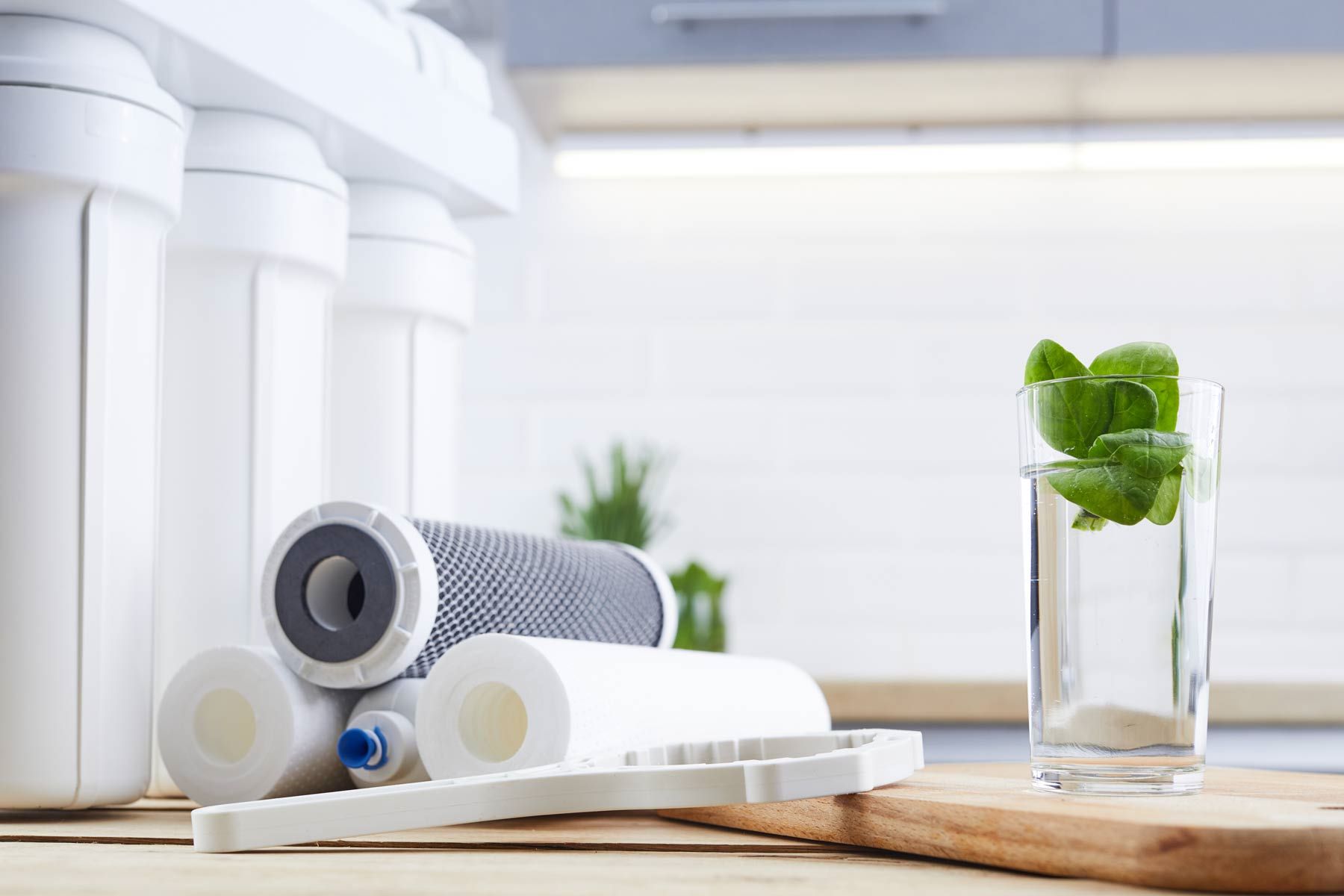
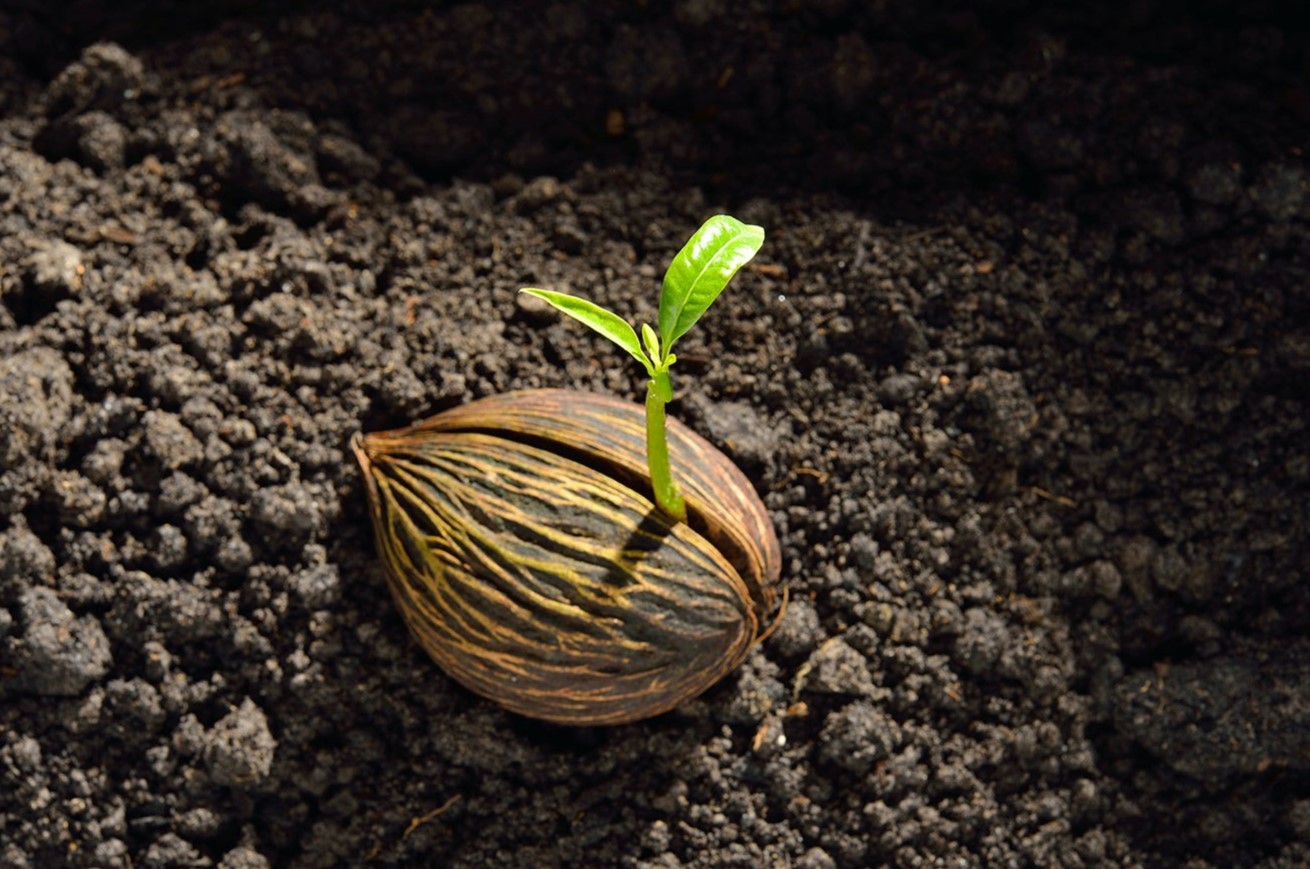


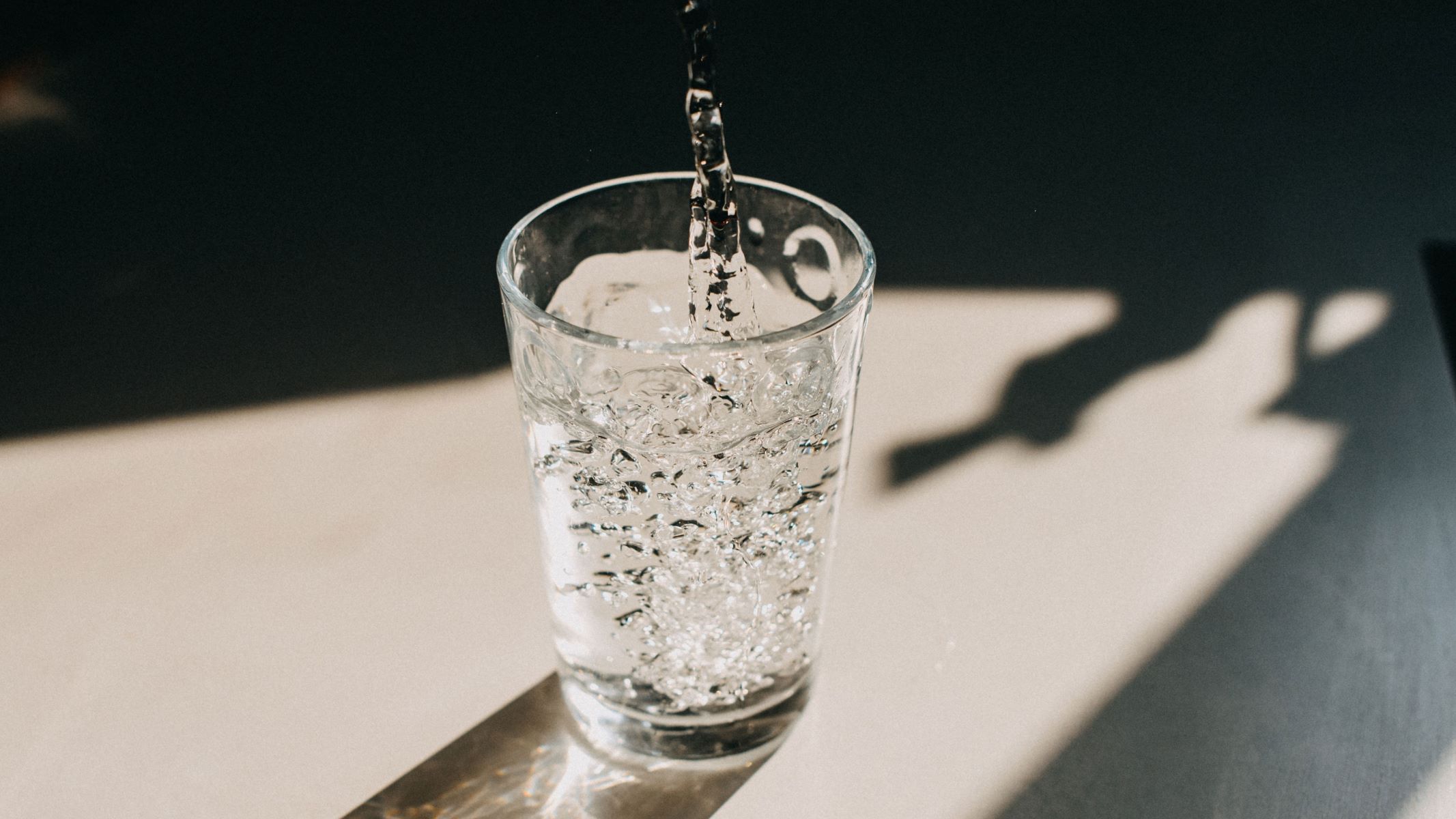


0 thoughts on “Which Ion Is Found In A Glass Of Water?”